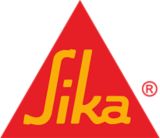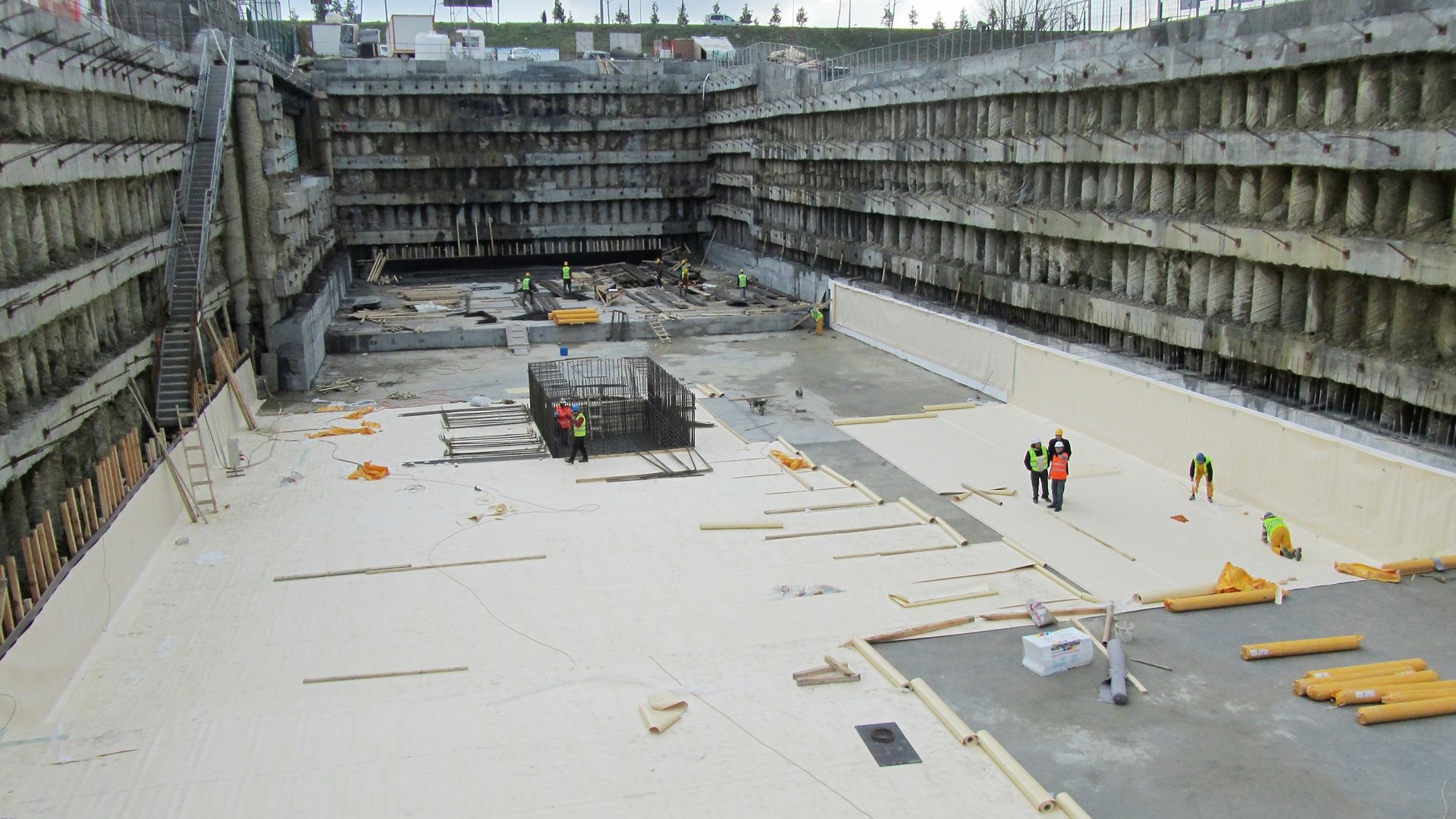Waterproofing is essential for protecting structures from water damage, ensuring durability, longevity, and cost savings. In South Africa’s diverse climate, reliable waterproofing solutions are vital to maintaining both functionality and structural integrity.
Our advanced range of waterproofing systems and products is tailored to meet the needs of commercial, industrial, and residential construction projects. From liquid-applied coatings to durable sheet membranes, our solutions are designed to prevent water ingress and withstand environmental challenges.
Sika's Waterproofing Solutions Have Many Advantages
Sika's solutions are suitable for even the most challenging requirements to keep water in or out of long-lasting structures, such as tunnels, bridges, basements, or balconies.
Sika’s long-term experience and know-how to provide both products and system solutions is a key added value for your next project.
Sika has developed solutions for special site conditions, including microbiological and chemical attack resistant products, high mechanical resistance products, free of physically linked plasticizers and ecologically sustainable products.
For drinking water facilities, our waterproofing systems fulfill the most stringent drinking water approvals.
We consider the entire waterproofing process to the very last detail and can provide solutions for both new build and renovation projects.
Explore Sika's Waterproofing Types
We Bring Added Value to Projects
Concepts, specifications and detailing
Application training and on-site support
Proven quality control systems
Analysis of leaks in existing structures
Sika Supports in Waterproofing Projects
Sika's Expert Waterproofing Know-How
FAQ's
While both waterproofing and damp proofing are used to protect structures from moisture, they serve different purposes and offer different levels of protection.
Waterproofing stops water, while damp proofing slows or resists moisture. For areas exposed to water pressure or continuous moisture, waterproofing is the more reliable and durable solution.
- Non-invasive (no need to excavate or expose structure)
- Effective for both dry and wet cracks
- Quick to apply with minimal disruption
- Long-lasting when correctly specified
While mostly used in commercial and industrial applications, PU injection can be used in residential basements or retaining walls, especially where retrofitting is needed.
When correctly applied with the right material for the condition, injection systems can provide long-term waterproofing and structural stability. Regular inspection may still be needed for high-movement areas.
The process typically involves:
- Drilling holes at strategic intervals
- Installing injection packers
- Injecting resin under pressure
- Monitoring for proper material flow and seal
Key factors include:
- Crack width and movement potential
- Presence of water (active or passive leaks)
- Structural vs non-structural repair
- Type of substrate (concrete, masonry, etc.)
- Environmental exposure (chemicals, temperature, etc.)

